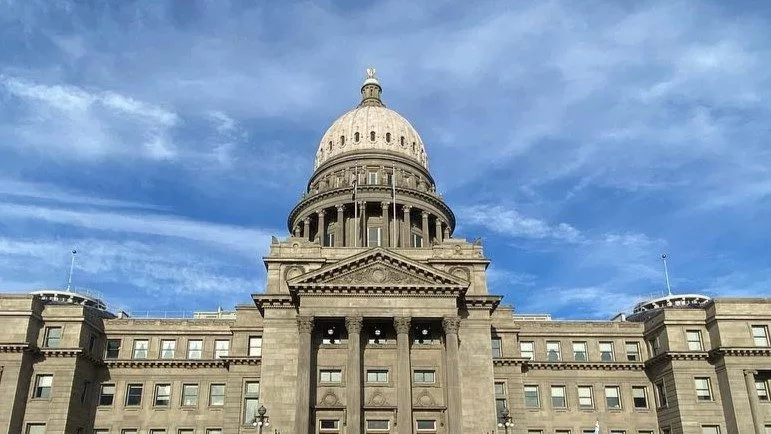BOISE, ID – This week, Idahoans can start choosing or switching health insurance plans on the state’s exchange.
Idaho’s exchange, called Your Health Idaho, is the first in the country to start open enrollment. Insurance premiums on exchanges are expected to surge next year, unless Congress renews enhanced tax credits that deeply subsidize consumers’ monthly payments.
About 87% of the roughly 116,000 Idahoans who have insurance through the state exchange get the enhanced tax credits, according to a report by the federal Centers for Medicare and Medicaid Services.
Your Health Idaho Executive Director Pat Kelly urged Idahoans to “shop and compare to explore all of their health insurance options.”
Two weeks into the federal government shutdown, Congress is still deadlocked over temporary funding as Democrats insist on extending the credits that Congress created in 2021.
Without those credits, 25,000 Idahoans are likely to cancel their insurance policies as average premiums are expected to double, the Idaho Capital Sun previously reported. And Idaho could lose 1,100 jobs next year if the credits expire, out of almost 340,000 job losses estimated across the U.S., an analysis published Thursday by the Commonwealth Fund found.
Idaho Democratic Party Chair Lauren Nechocea says many families are learning they “will have to give up coverage altogether.”
“This is no accident,” she said in a statement. “The Trump regime and Idaho Republicans refused to extend the Affordable Care Act tax credits that have kept coverage within reach for 117,000 Idahoans. Their carelessness means retirees, small business owners, and working parents will be forced to choose between health care and basic necessities.”
How long is Your Health Idaho’s open enrollment?
Your Health Idaho’s open enrollment started Wednesday, and it ends Dec. 15.
That gives Idahoans almost nine weeks to pick health insurance plans on the exchange for coverage starting Jan. 1, 2026.
The exchange is a common place for people to buy private health insurance when their jobs don’t offer any, their employer’s policies are unaffordable, or people don’t qualify for public assistance like Medicaid or Medicare.
Here’s how to shop for insurance in Idaho:
- Use an affordability calculator on Your Health Idaho’s website to explore plans at https://affordability.yourhealthidaho.org/#/
- Find an agent or broker on Your Health Idaho’s website at https://www.yourhealthidaho.org/find-connector-help/
Kelly encourages people to get started shopping early, and not to wait until the last minute.
How much will Idaho health insurance premiums rise?
In Idaho, average gross health insurance premiums on the exchange are expected to rise by 75%, or $100 a month, Kelly told the Sun. That’s because premiums are rising by 10% next year, and the tax credits could expire.
The enhanced premium tax credits ensure people don’t pay more than 8.5% of their income on health insurance for benchmark plans.
To learn more about how your insurance costs will change, Kelly recommended using Your Health Idaho’s tools online and working with agents and brokers.
“Everybody’s situation is so different,” Kelly said. “It’s really hard to comment on how it might be different in southeast Idaho versus North Idaho versus the Treasure Valley.”
Here’s a few examples of how Idaho households could be affected, based on estimates from Your Health Idaho:
- A family of four that earns $130,000 a year would see their annual premiums rise by $10,831 a year. Because they earn more than 400% of the federal poverty level, they wouldn’t be eligible for tax credits if the enhanced credits expire. Losing tax credits would cost them $7,800 a year, and their separate premium raise would cost them another $3,031 a year.
- A couple that earns $85,000 a year would see their premiums jump by $18,600 a year. They’d also lose credits, because they earn more than 400% of the federal poverty level, which is the cutoff for the smaller tax credits created through the Affordable Care Act.
This story first appeared on Idaho Capital Sun.





